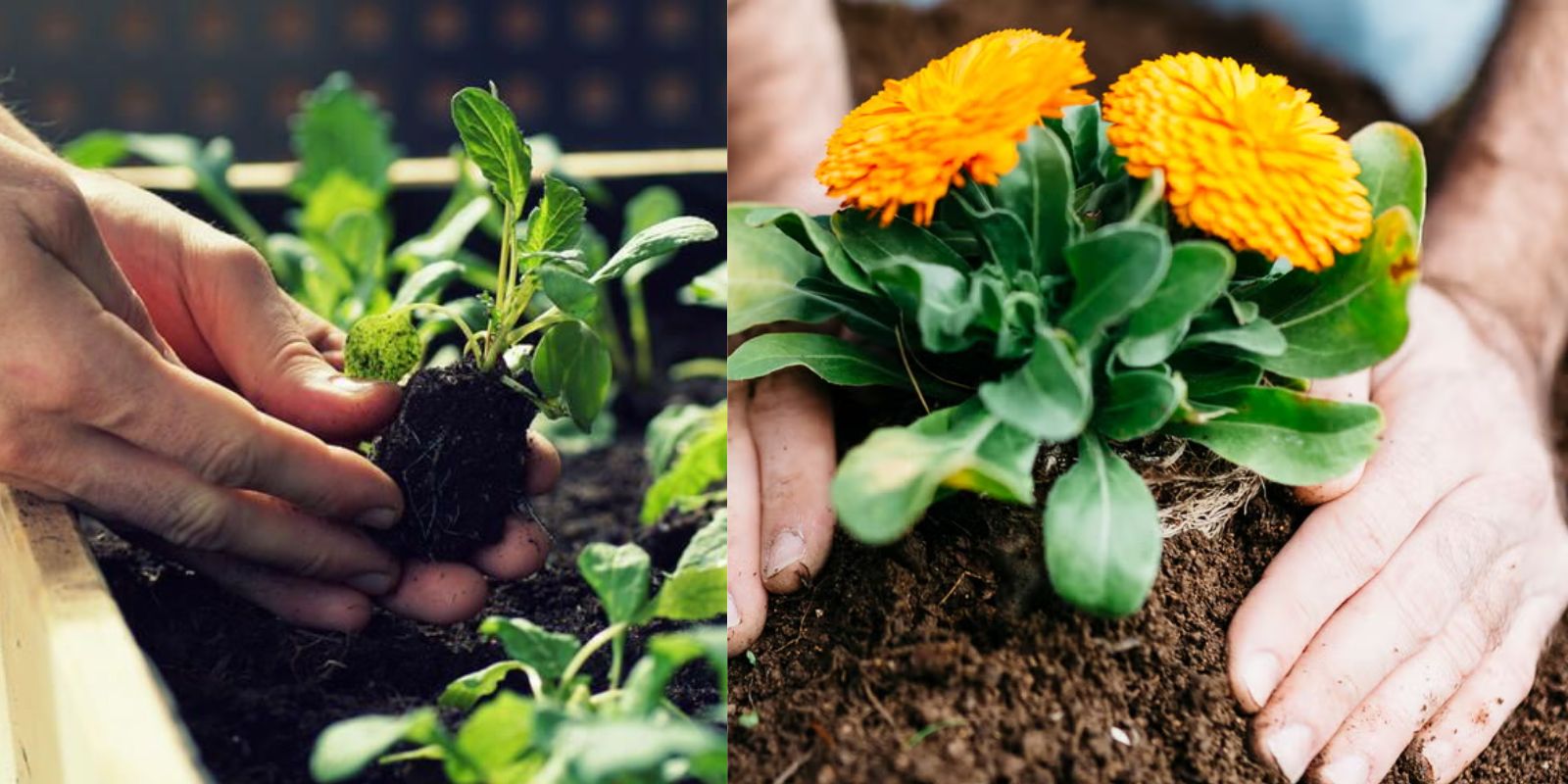Introduction
Gardening enthusiasts often seek methods that reduce physical labor and preserve soil health while still yielding vibrant, productive gardens. One such method is the no-dig garden, a simple yet highly effective approach that eliminates the need for traditional tilling. This technique helps maintain soil structure, enhances microbial activity, and minimizes weed problems. In this article, we’ll explore five easy steps to start a no-dig garden, offering practical tips to help you cultivate a thriving, low-maintenance garden with ease.
1. Choose Your Location
Why Location Matters
Selecting the right location is crucial for the success of your no-dig garden. A well-chosen spot will ensure your plants receive adequate sunlight, good air circulation, and proper drainage. These factors are essential for healthy plant growth and productivity.
Steps to Choose the Ideal Spot:
- Sunlight: Most vegetables and flowers need at least 6-8 hours of sunlight daily. Observe your garden area to identify the sunniest spots.
- Drainage: Ensure the area has good drainage to prevent waterlogging. Avoid low-lying areas where water tends to accumulate.
- Accessibility: Choose a location that is easy to access for planting, maintenance, and harvesting.
Preparation:
- Clear the Area: Remove any existing weeds, grass, or debris from the chosen spot. This step helps reduce competition for nutrients and minimizes weed problems.
Tips:
- Avoid Chemicals: If possible, avoid using chemical herbicides or pesticides in the area you plan to garden. Opt for natural methods of weed control.
2. Lay Down a Base Layer
The Importance of a Base Layer
A base layer helps smother weeds and provides a foundation for your compost and organic materials. This step is crucial for ensuring that unwanted vegetation doesn’t compete with your new garden plants.
Steps to Lay Down a Base Layer:
- Use Cardboard or Newspaper: Lay down sheets of cardboard or several layers of newspaper across the prepared area. These materials will block light and suppress weed growth.
- Moisten the Paper: Wet the cardboard or newspaper thoroughly to keep it in place and help it decompose over time.
Tips:
- Overlap Edges: Ensure the edges of the cardboard or newspaper overlap to prevent weeds from sneaking through gaps.
- Avoid Plastic: Do not use plastic sheeting, as it does not decompose and can create a barrier to beneficial organisms in the soil.
3. Add Organic Matter
Why Organic Matter Is Essential
Adding organic matter enriches the soil with nutrients, improves soil structure, and promotes healthy microbial activity. This step is the heart of the no-dig method and provides the nutrients your plants need to thrive.
Steps to Add Organic Matter:
- Layering: Spread a 4-6 inch layer of organic matter over the base layer. Use compost, well-rotted manure, leaf mold, or other organic materials.
- Mix and Blend: Lightly mix the top layer of organic matter to integrate it with the underlying base layer. This blending helps create a rich growing medium.
Tips:
- Quality Matters: Use high-quality, well-aged compost or manure to avoid introducing pathogens or weed seeds.
- Seasonal Additions: Add organic matter seasonally to maintain soil fertility and structure.
4. Plant Directly
How to Plant in a No-Dig Garden
With your layers in place, it’s time to plant directly into the compost layer. This method minimizes soil disturbance and allows your plants to establish roots in the nutrient-rich material.
Steps for Planting:
- Create Planting Holes: Make small holes or trenches in the compost layer for seeds or seedlings. The size of the hole will depend on the type of plant you are growing.
- Planting: Place seeds or seedlings into the holes and cover them lightly with compost. Water gently to settle the soil around the plants.
- Spacing: Follow spacing guidelines for each plant variety to ensure they have enough room to grow.
Tips:
- Companion Planting: Consider using companion planting techniques to optimize space and enhance plant health.
- Labeling: Use plant labels or markers to keep track of what you’ve planted and where.
5. Maintain and Mulch
The Role of Mulch in a No-Dig Garden
Mulch helps retain moisture, suppress weeds, and maintain soil temperature. Regular maintenance ensures that your garden remains productive and low-maintenance throughout the growing season.
Steps for Mulching and Maintenance:
- Apply Mulch: Spread a 2-3 inch layer of organic mulch, such as straw, grass clippings, or wood chips, over the compost layer.
- Watering: Keep the garden well-watered, especially during dry periods. The mulch will help retain moisture and reduce the need for frequent watering.
- Weed Control: Regularly check for weeds and remove any that appear. The mulch should minimize most weed growth, but occasional weeding may be necessary.
Tips:
- Adjust Mulch: Add more mulch as needed to maintain the desired depth and effectiveness.
- Seasonal Care: Adjust your garden care routine according to the seasons, ensuring that your plants receive appropriate nutrients and protection.
Conclusion
Starting a no-dig garden is an excellent way to enjoy a beautiful, productive garden with minimal effort and disruption. By following these five easy steps—choosing the right location, laying down a base layer, adding organic matter, planting directly, and maintaining with mulch—you can create a thriving garden that benefits from healthy soil and reduces labor. This method not only simplifies gardening but also contributes to a more sustainable and eco-friendly approach. Embrace the no-dig method and enjoy the ease and productivity of a low-maintenance garden!
Motivation to Interact:
Ready to start your no-dig garden? Share your garden setup and progress with us! Let’s inspire each other to grow effortlessly! 🌿🌱
Hashtags:

